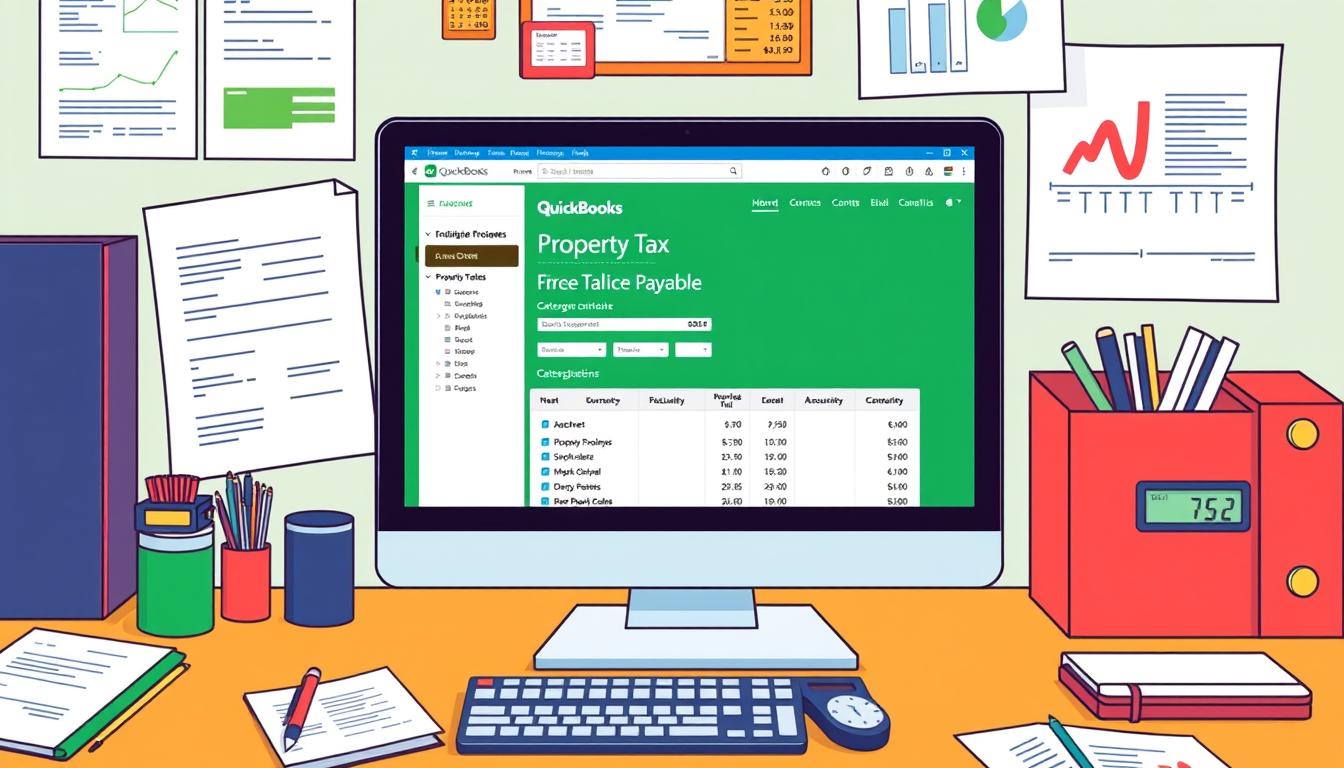
How to reconcile in quickbooks

Table of Contents
Reconciling in QuickBooks is key to keeping your financial records right. It’s crucial for making sure your accounting is clean and accurate. This helps in making better business decisions.
This article will show you how to do it in QuickBooks. We’ll cover the basics and some advanced steps. You’ll learn how to use QuickBooks to manage your finances well.
Key Takeaways
- Understanding the importance of QuickBooks reconciliation for accurate records.
- Steps involved in the reconciliation process within QuickBooks.
- Identifying common issues that may arise during reconciliation.
- Utilizing advanced features of QuickBooks for efficient reconciliation.
- Establishing best practices for regular reconciliation.
- Leveraging QuickBooks reports to enhance financial decision-making.
Understanding Reconciliation in QuickBooks
Reconciliation is key in accounting, especially with QuickBooks. It means matching your financial records with bank statements to check for errors. This step helps find any mistakes and makes sure your books are right.
QuickBooks offers tools to make reconciliation easier. You can do bank and credit card reconciliations with these tools. This helps businesses keep their financial reports correct and make better choices.
There are different types of reconciliation for different needs. Bank reconciliation checks if your transactions match the bank’s records. Credit card reconciliation makes sure your expenses match the card statements. Month-end close makes sure your financial statements are accurate before starting a new period.
Knowing about reconciliation is important for good financial management. By understanding how it works and using QuickBooks, you can keep your accounts up to date and accurate.
| Type of Reconciliation | Description | Importance |
|---|---|---|
| Bank Reconciliation | Matching bank statements with financial records. | Ensures cash flow accuracy. |
| Credit Card Reconciliation | Verifying credit card transactions against reports. | Prevents fraud and manages expenses. |
| Month-End Close | Finalizing transactions and balances at month-end. | Provides clear financial picture for reporting. |
Importance of Reconciliation for Accurate Financials
Account reconciliation is key to keeping financial accuracy. It makes sure all financial records match up and finds any problems quickly. This is why it’s so important for bookkeeping importance. Without it, financial reports can be wrong, which hurts a business’s reputation.
By doing regular reconciliations, companies can spot mistakes, secret deals, and scams. This helps everyone working with money to be honest and open. It also makes the company more trustworthy to investors and government agencies.
The table below shows how reconciliation affects financial work:
| Aspect | Impact on Financial Practices |
|---|---|
| Identifying Errors | Improves financial accuracy and stops losses. |
| Preventing Fraud | Helps keep financial reports honest and builds trust. |
| Regulatory Compliance | Makes sure the company follows money rules, lowering risks. |
| Improving Cash Flow Management | Gives a clear view of cash, helping make smarter choices. |
Preparing for Reconciliation
Effective reconciliation starts with good preparation. You need to gather important documents and make sure your QuickBooks account is ready. Having the right documents and a well-organized QuickBooks setup makes reconciliation easier.
Gather Necessary Documents
Before you start, get all the documents you need. These include
- Bank statements
- Transaction records
- Invoices
- Previous financial records
Having these documents ready helps you check your QuickBooks records easily. It also helps avoid missing any differences.
Set Up Your QuickBooks Account
A correct QuickBooks account setup is key for good reconciliation. First, make sure all your financial accounts are in QuickBooks. Keep your information up to date to reflect your current financial status. Check
- Account balances
- User permissions
- Mappings for bank accounts
These steps are important for setting up your accounting software right. Keeping everything current helps you find and fix any problems during reconciliation.
| Document Type | Purpose |
|---|---|
| Bank Statements | Verify account balances against records in QuickBooks |
| Transaction Records | Ensure all transactions are recorded accurately |
| Invoices | Double-check income entries and customer payments |
| Financial Records | Confirm historical accuracy of transactions and balances |
Step-by-Step Guide to Reconcile in QuickBooks
Reconciling your accounts in QuickBooks is key to keeping your financial records right. This guide will show you how to use the QuickBooks reconciliation module. You’ll learn how to enter the right data for better financial management.
Accessing the Reconciliation Module
To start reconciling, first find the reconciliation features in QuickBooks. Go to the Banking menu. There, you’ll see options for reconciling accounts. Pick the bank account you want to reconcile from the list.
Then, click on the Reconcile option. This opens the QuickBooks reconciliation module. You’ll need to enter the statement date and ending balance from your bank statement.
Entering Bank Statement Data
Getting your bank statement data right is very important. In the reconciliation module, QuickBooks lets you enter data manually or import it directly from your bank. For manual entry, match the transactions on your bank statement with those in QuickBooks.
If your bank supports direct feeds, you can import transactions. This makes things easier. After matching all transactions, check the summary to make sure everything matches up before you finalize the reconciliation.
Common Issues During Reconciliation
When reconciling, users often face challenges that lead to discrepancies. Finding these issues is key to accurate financial statements. Problems usually come from timing, duplicate entries, or missed transactions. Keeping detailed records helps avoid these issues.
Identifying Discrepancies
Spotting errors starts with knowing where they often happen. Timing issues arise when deposits or withdrawals are recorded in the wrong period. Duplicate entries occur when transactions are entered twice by mistake. Missing entries happen when some transactions are overlooked.
Spotting these problems early helps keep records in order.
Resolving Transaction Errors
After finding errors, fixing them is the next step. In QuickBooks, you can edit transactions or use journal entries for adjustments. For tricky cases, getting advice from a financial expert is wise. Tackling these problems helps keep financial records accurate.
Advanced Reconciliation Methods in QuickBooks
The Reconcile Now feature in QuickBooks is a powerful tool. It helps speed up the reconciliation process. This feature uses QuickBooks advanced features to match transactions better.
Using this tool helps keep all financial records in order. It ensures everything matches up correctly. Knowing how to use it makes reconciliation easier and faster.
Using the Reconcile Now Feature
The Reconcile Now feature makes reconciliation easier. To start, go to the reconciliation page in QuickBooks. You’ll need to enter the ending balance and statement date.
This feature automatically finds matching transactions. It shows any differences, making sure everything is correct. Keeping an eye on these results helps make reconciliation quicker and more efficient.
Handling Multiple Accounts
Dealing with many accounts in QuickBooks can be tough. But, knowing how to reconcile multiple accounts makes it easier. It’s important to check each account carefully while keeping an eye on the big picture.
Set aside time to reconcile each account accurately. This ensures your financial records are right. By doing this, managing many accounts in QuickBooks becomes more organized and less prone to mistakes.
How QuickBooks Helps Streamline Your Financials
QuickBooks is a powerful tool for businesses looking to improve their accounting. It offers many features for better financial management. This makes complex tasks easier and financial oversight more accessible.
Automated entries save a lot of time and reduce errors. This lets users focus on making important decisions.
The reminder feature in QuickBooks is also key. It helps ensure deadlines are met, avoiding late fees or missed payments. Plus, customizable dashboards give a clear view of your financial health. This makes it easy to assess and act on financial information quickly.
Companies using these features become more efficient. They can also respond faster to market changes. QuickBooks is a valuable tool for streamlining accounting. It helps improve financial performance and opens up growth opportunities.
Best Practices for Regular Reconciliation
Keeping your financial records accurate is key. Set a regular time for reconciliations, like weekly, monthly, or quarterly. This helps your business stay healthy and finds problems early. Regular bookkeeping leads to better decisions and financial management.
Creating a Reconciliation Schedule
A good schedule keeps your finances in order. Here are some tips:
- Determine Frequency: Pick a schedule that fits your business size and how often you do transactions. Smaller businesses might do monthly, while bigger ones might need weekly checks.
- Set Reminders: Use calendars to remind you of when to do reconciliations. This way, you won’t forget.
- Adjust as Needed: Be ready to change your schedule if your business grows or your financial activities change.
Training Your Team on QuickBooks
It’s important to train your team well on QuickBooks. Good training makes reconciliations more efficient and accurate. Here are some strategies:
- Tailored Training Sessions: Give your team training that fits their needs. This could be workshops or online tutorials.
- Encourage Continuous Learning: Keep your team learning about QuickBooks. This helps them stay up-to-date with new features and best practices.
- Utilize Resources: Tell your team to use QuickBooks resources like forums, webinars, and technical support. This helps solve any problems they face during reconciliation.
Leveraging QuickBooks Reports Post-Reconciliation
After reconciliation, QuickBooks gives you powerful tools for financial reporting. These tools help businesses use their financial data to its fullest. By making reports in QuickBooks, you get a lot of useful information. This information is key for making smart decisions and improving your financial health.
Generating Financial Reports
Creating detailed financial reports in QuickBooks takes a few steps. You can use customizable templates to fit your needs. This ensures your reports are accurate and relevant. Some common reports include:
- Profit and Loss Statements
- Balance Sheets
- Cash Flow Statements
- Expense Reports
These reports give you important information about your company’s finances. Making reports regularly helps you keep track of how well your business is doing.
Using Insights for Better Decision Making
QuickBooks insights can really help with making better financial decisions. By looking at trends and patterns in reports, you can solve problems early. The main benefits of using these insights are:
- Finding ways to save money
- Forecasting future earnings based on past data
- Creating better budgets by tracking expenses accurately
Using these strategies helps make decisions based on data. This is important for long-term success. It also makes your financial reporting better and helps you adapt to market changes.
QuickBooks Features to Assist with Reconciliation
Reconciliation can be a chore for business owners. QuickBooks helps a lot with its automation features. These features make reconciliation easier and more reliable.
Automated Reconciliation Tools
QuickBooks has tools to make reconciliation smooth. It has bank feeds for real-time updates. This keeps your transaction data current. Here are some key QuickBooks automation features:
- Bank Feeds: Connects directly with your bank accounts to download transaction data automatically.
- Automatic Transaction Matching: Quickly matches your bank transactions with those in QuickBooks, reducing manual data entry.
- Rules for Transactions: Set rules to automatically categorize transactions based on criteria you define, minimizing errors and streamlining the process.
These features make reconciliation more accurate and less stressful. Below is a comparison table showing the main benefits of using automated reconciliation tools in QuickBooks:
| Feature | Benefit |
|---|---|
| Bank Feeds | Real-time updates reduce the risk of missing transactions. |
| Automatic Transaction Matching | Saves time and minimizes manual errors in matching entries. |
| Rules for Transactions | Improves efficiency by automating categorization. |
Using QuickBooks for automated reconciliation makes financial management better. These features help in getting more accurate financial reports.
Understanding Your Reconciliation Summary
Understanding the reconciliation summary in QuickBooks is key for keeping your finances in order. It shows you the health of your business finances. Each part of the summary has its own role, making it very important.
The summary includes important details like total transactions, cleared balances, and any differences. Knowing these helps you make smart financial choices.
- Total Transactions: Shows how many transactions you’ve had.
- Cleared Balances: Reveals the amounts that match the bank’s records.
- Discrepancies: Points out any differences between your records and the bank’s statement.
This clear view helps you understand your financial situation. Checking the summary often helps you fix problems fast. This makes your financial records more accurate.
| Component | Description |
|---|---|
| Total Transactions | The number of transactions you’ve reconciled for the chosen time. |
| Cleared Balances | The total of all transactions that have been cleared by the bank. |
| Discrepancies | Any times the bank statement doesn’t match your QuickBooks records. |
By focusing on these key numbers, you can see how your finances are doing. You can also spot areas that need work.
Challenges Users Face with QuickBooks Reconciliation
QuickBooks reconciliation can be tough for many users. They struggle because they don’t know the software well. This lack of knowledge often leads to problems like errors and discrepancies.
Getting proper training on QuickBooks can help a lot. It lets users manage their accounts better and make the reconciliation process smoother.
Limited Knowledge on Features
Many users face challenges because they don’t know QuickBooks’ features well. This can cause errors or missed steps, leading to wrong financial statements.
Getting help through webinars or online courses can boost user confidence. It helps users use QuickBooks to its best, solving many reconciliation problems.
Overcoming Software Limitations
Even with good knowledge of QuickBooks, users might hit software limitations. These can include issues with syncing data, problems with bank statement imports, or tough interface navigation.
Looking for solutions to these troubleshooting QuickBooks issues can help. Using manual adjustments or getting help from QuickBooks support can make a big difference. It helps users overcome these challenges and get better results in reconciliation.
Conclusion
Regular reconciliation is key to keeping your financial records accurate. By checking your transactions and bank statements, you get a clear view of your finances. This helps spot any issues and makes managing your money easier.
Using QuickBooks makes reconciliation simpler. It offers tools that help you work more accurately and efficiently. Following best practices, like setting up a regular schedule and training your team, boosts your financial management.
Reconciliation is vital for reliable financial reports. QuickBooks helps businesses manage their finances well. It’s not just a task, but a crucial part of your financial strategy.
FAQ
What is QuickBooks reconciliation?
QuickBooks reconciliation compares your business’s financial records with bank statements. It checks for errors or fraud. This ensures your financial data is accurate.
How often should I reconcile my accounts in QuickBooks?
Reconcile your accounts monthly. Regular checks keep your finances healthy. They help find errors early.
What documents do I need for reconciliation in QuickBooks?
You need bank statements, transaction records, and invoices. Having these ready makes reconciliation easier.
What should I do if I encounter discrepancies during reconciliation?
Check for timing errors or missed transactions if you find discrepancies. Correct these in QuickBooks to fix the issues.
How does the Reconcile Now feature work in QuickBooks?
The Reconcile Now feature speeds up reconciliation. It helps match transactions quickly, saving time.
Can QuickBooks help with multiple account reconciliations?
Yes, QuickBooks handles multiple accounts well. It makes reconciling several accounts easy and accurate.
What are some best practices for reconciliation in QuickBooks?
Set a regular reconciliation schedule and train your team. Keep detailed records. These steps ensure accurate financial reports.
How can QuickBooks reports aid in decision-making post-reconciliation?
QuickBooks reports give insights into your financial health after reconciliation. They help in planning and making informed decisions.
What automation features does QuickBooks offer for reconciliation?
QuickBooks has features like bank feeds and automatic transaction matching. These save time and reduce errors.
How do I interpret the reconciliation summary in QuickBooks?
The summary shows matched and unmatched transactions. Understanding it helps spot discrepancies and improve financial accuracy.
What common challenges do users face when reconciling in QuickBooks?
Users often struggle with QuickBooks features or software limitations. More training and support can help overcome these challenges.
- Tags: intuit quickbooks, intuit quickbooks login, intuit quickbooks online, quickbook, quickbooks, quickbooks accounting software, quickbooks customer service, quickbooks customer service number, quickbooks desktop, quickbooks desktop 2024, quickbooks log in, quickbooks login, quickbooks login online, quickbooks online, quickbooks online accountant, quickbooks online accounting, quickbooks online customer service, quickbooks online login, quickbooks online pricing, quickbooks payroll, quickbooks self employed, quickbooks software, quickbooks support phone number, quickbooks time, quickbooks time login, quickbooks workforce
Top Products
- QuickBooks Desktop Pro 2024 US Version
- QuickBooks Desktop Pro 2023 US Version
- QuickBooks Desktop Pro 2022 US Version
- QuickBooks Desktop Premier 2024 US Version
- QuickBooks Desktop Premier 2023 US Version
- QuickBooks Desktop Premier 2022 US Version
- QuickBooks Desktop Accountant 2024 US Version
- QuickBooks Desktop Accountant 2023 US Version
- QuickBooks Desktop Enterprise 2024 US Version
- QuickBooks Desktop Enterprise 2023 US Version
- QuickBooks for Mac 2024
- QuickBooks for Mac 2023
Popular Posts

How to categorize property tax payable in quickbooks online
Knowing how to categorize property tax payable in QuickBooks Online is key for keeping your financial records right. Property tax payable is the amount your business owes in property taxes. It can greatly affect your financial health. By learning to categorize property tax well, businesses can make sure their financial statements show their true obligations.
This knowledge is crucial as we dive into the steps and best practices for handling property tax payable in QuickBooks Online.
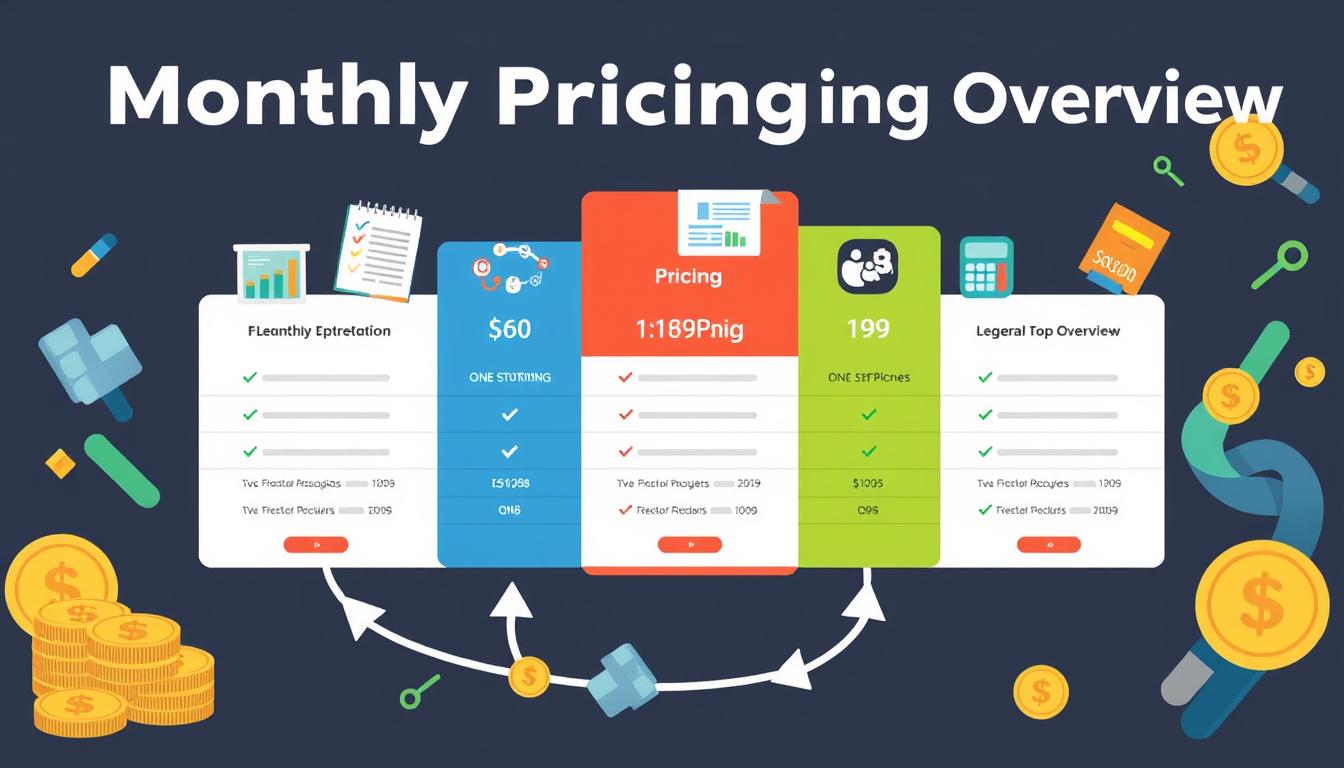
How much is quickbooks per month
Many users want to know the QuickBooks pricing for monthly costs. QuickBooks has various plans for different business needs. This lets users pick the right plan for their financial management.
What affects the QuickBooks monthly cost includes the QuickBooks edition, payment frequency, and extra features. This guide will explain the details of these plans. It will help you understand the costs of using QuickBooks for your business.

How does quickbooks work
QuickBooks is a key accounting software made by Intuit. It helps businesses manage their finances well. It works on a cloud-based platform, so users can access their financial data from anywhere.
This software makes tasks like bookkeeping, invoicing, and financial reporting easier. In this article, we’ll look at QuickBooks’ main features, its users, benefits, and challenges. We aim to help you understand how it can improve your financial management.

How do you record insurance payment in quickbooks
Recording insurance payments in QuickBooks is key for good insurance accounting. It helps business owners manage their money well and keep their books right. This is vital for the health of any business.
In this guide, we’ll show you how to record insurance payments easily. We’ll use QuickBooks guides and tips from accounting experts. This way, you can keep your financial records up to date.

How do you clock in hours in quickbooks desktop
In today’s fast-paced world, tracking time well is key for good payroll management. This article will show you how to clock in hours in QuickBooks Desktop. It’s a top accounting software that makes managing tasks easier. By learning how to track time, businesses can work better and pay employees right.
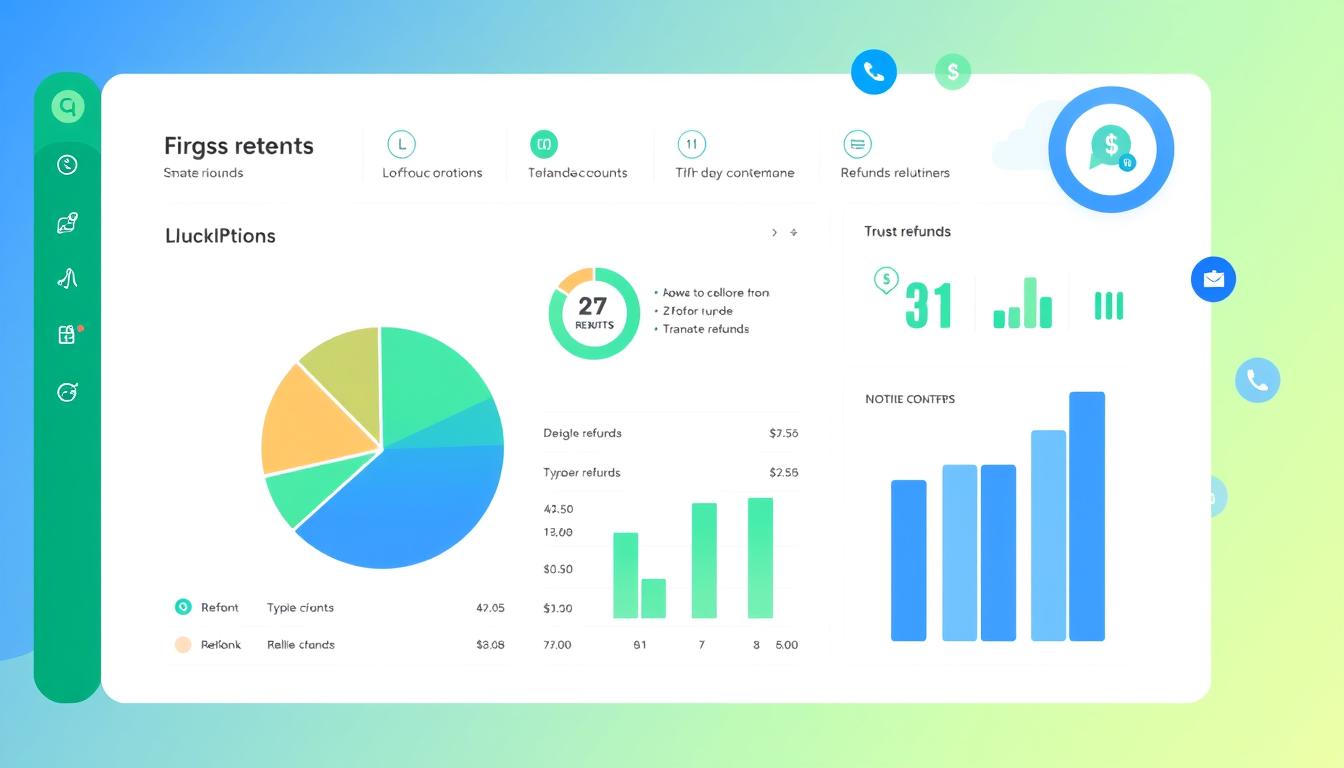
How are refunds categorized in quickbooks online
Knowing how to categorize refunds in QuickBooks Online is key for good financial management. It’s important to record refunds correctly to keep your finances clear. Businesses of all sizes can benefit from knowing how to do this right.
This knowledge helps make your financial records clear and accurate. It’s a basic step that can make a big difference.

Does quoteiq accept quickbooks online payments
Payment solutions are key in today’s business world. Many are looking into how platforms like QuoteIQ can improve their invoicing. A big question is: does QuoteIQ accept QuickBooks Online Payments? This article explores how QuoteIQ and QuickBooks Online Payments work together.
This shows how important it is to have good payment integration. It helps with cash flow and makes operations smoother. We’ll look at the benefits of using QuoteIQ with QuickBooks Online Payments. Plus, we’ll show you how to set it up.

Can you delete history under audit log quickbooks online
It’s important to know if you can delete entries from the audit log in QuickBooks Online. This is key for businesses that focus on financial accuracy and follow the rules. The audit log QuickBooks Online keeps a detailed history of changes to financial data. This ensures that all account activities are recorded clearly.
By tracking these changes, the audit log is crucial for good financial management. We will look into why the audit log matters and what happens if you try to delete its records. We’ll see how these actions impact your QuickBooks history.
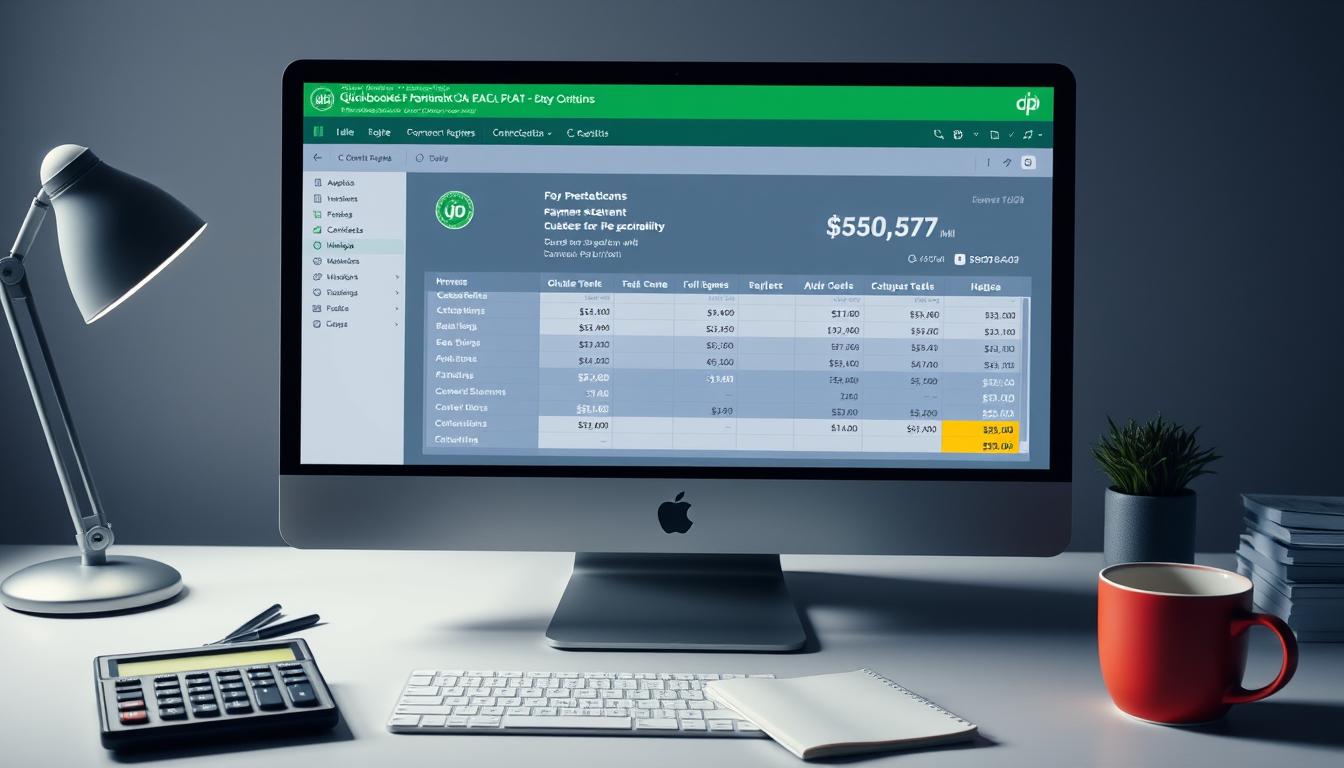
Can quickbooks recievepayment by statements rather that individual invoices
In today’s fast-paced world, businesses need quick and easy ways to handle payments. Many QuickBooks users wonder if they can pay by statements instead of invoices. This method makes accounting simpler for companies.
Using payment statements has big advantages over traditional invoices. QuickBooks helps businesses manage payments better. This article will show you how payment statements work in QuickBooks and how they can help your business.
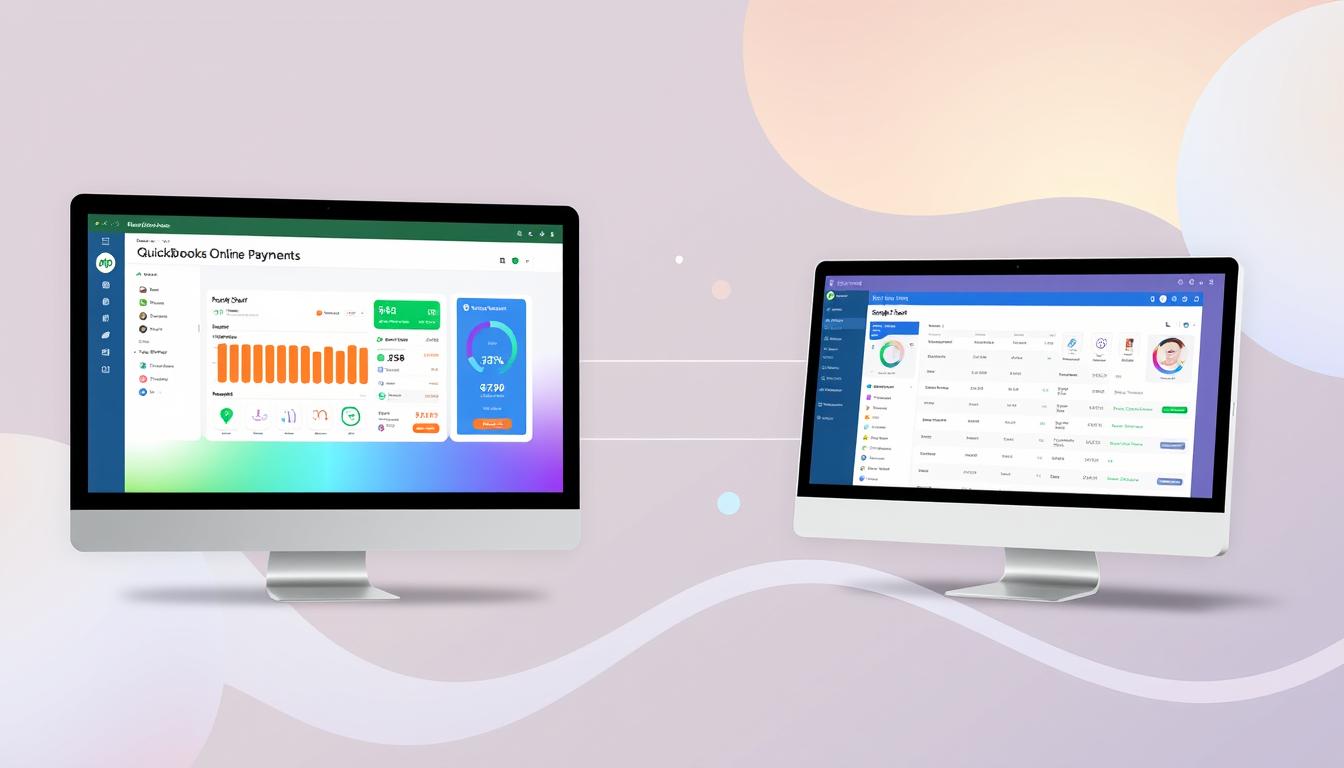
Can quickbooks online payments work with simple start
For small business owners, the question of whether QuickBooks Online Payments and QuickBooks Simple Start can work together is key. This integration is vital for managing finances effectively. It helps users handle transactions smoothly while using a basic accounting tool for solo businesses.
QuickBooks Online Payments lets users take payments online, making cash flow management easier. In this article, we explore how these two tools can boost efficiency for small businesses.